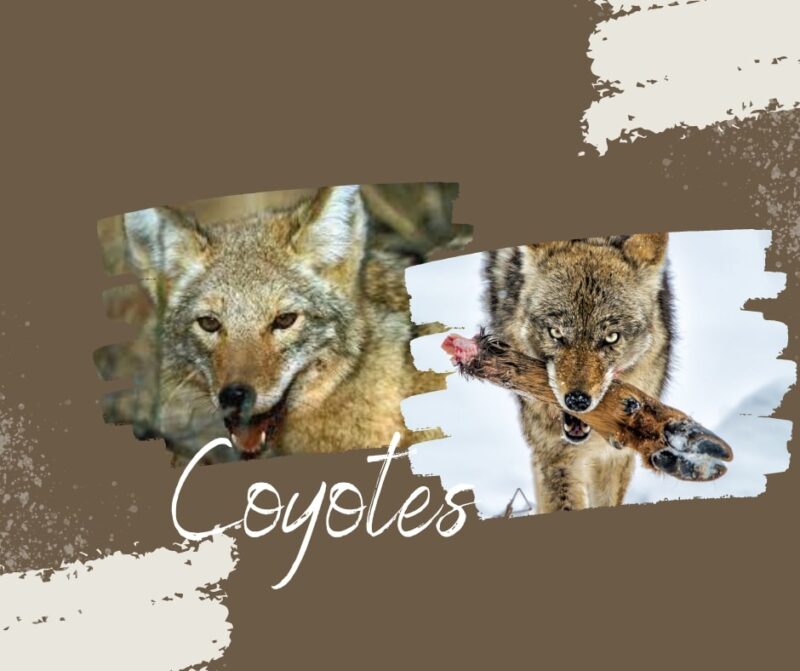In a world filled with culinary adventurers, there’s one notorious diner who takes “eating everything” to a whole new level: the coyote! These wild members of the Canidae family are like foodies on a never-ending quest, adapting their taste buds to the diverse landscapes they call home.
They have mastered the art of survival through their adaptable diets. From desert dunes to concrete jungles, these cunning canines have no qualms about sampling Mother Nature’s buffet or exploring the remnants of our fast-food adventures. Their palates know no bounds!
Coyote Diet: An Eclectic Menu
These species are known for their diverse and adaptable diets. They are true omnivores, consuming a wide variety of food items based on what’s available in their environment. This adaptability has allowed them to thrive in a range of habitats, from rural to urban, and across different climates and seasons.
Their diet primarily consists of small mammals, but they also consume birds, reptiles, amphibians, insects, and a surprising amount of plant matter. They are also known to eat carrion, cleaning up the remains of animals that have died due to other causes.
This diverse menu showcases the coyote’s ability to survive and thrive in various environments, making the most of whatever food sources are available.
Their eating habits are the reason they are one of the most successful predators in North America. This adaptability, however, can also lead to conflicts with humans, especially when their search for food brings them into urban and suburban areas.
Small Mammals
Small mammals include a variety of rodents such as mice, rats, and squirrels, as well as larger mammals like rabbits and hares. These animals are abundant in many of the habitats where coyotes live, making them a reliable food source.
These predators are skilled hunters, using their keen senses of sight, smell, and hearing to locate and catch their prey. They are known for their stealth and agility, able to pounce on small mammals with remarkable accuracy.
While small mammals are a crucial part of their diet, their consumption patterns can vary based on factors such as location, season, and availability of other food sources. For instance, in areas where small mammals are less abundant, coyotes may rely more heavily on other food sources such as birds, insects, or carrion.
Birds
Birds, particularly ground-nesting birds and waterfowl, also form a part of this diet. Coyotes are opportunistic predators, and they will not hesitate to take advantage of an easy meal. This includes bird eggs, chicks, and even adult birds if they can catch them.
They are known to be excellent swimmers, which allows them to prey on waterfowl and their eggs. They are also agile climbers, capable of scaling trees to reach bird nests. Their opportunistic nature and adaptability make them effective bird predators, capable of exploiting a variety of avian food sources.
However, it’s important to note that birds do not form a significant part of their diet compared to small mammals. The consumption of birds is often opportunistic and depends on factors such as the availability of bird nests or the presence of water bodies that attract waterfowl.
Insects and Invertebrates
Insects and invertebrates, while not the most glamorous part of this menu, play a crucial role in their nutrition. They provide essential proteins and are particularly important for pups during their early stages of development. These include a variety of bugs, worms, and other creepy crawlies that they dig up from the ground.
Insects and invertebrates are abundant in most habitats, making them a readily available food source. They are especially important during the spring and summer months when insect activity is at its peak.
During these times, insects can form a significant part of their diet. Despite their importance, the consumption of insects and invertebrates is often overlooked.
Fruits and Vegetation
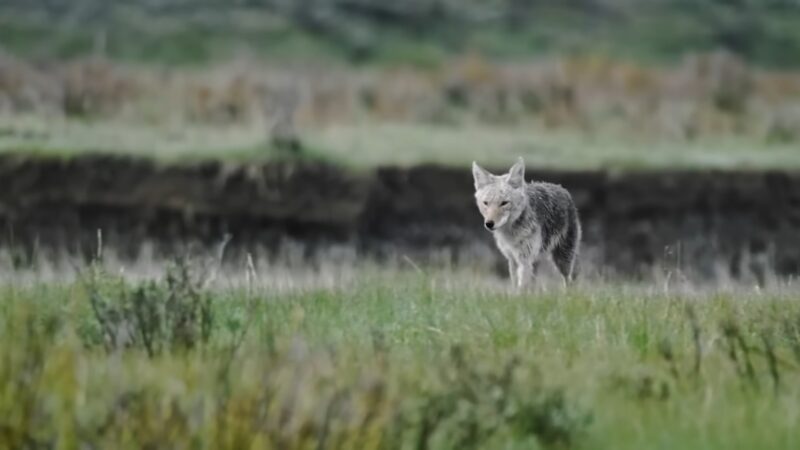
Contrary to popular belief, coyotes are not strictly carnivorous. They are actually omnivores, consuming a significant amount of plant matter in their diet. This includes fruits, berries, grasses, and seeds.
The consumption of plant matter is particularly common during the fall when fruits and berries are in abundance. Fruits and vegetation provide essential vitamins and fiber to their diet. They are also a reliable food source during times when animal prey may be scarce. The ability to consume plant matter is another testament to their adaptability and survival skills.
Carrion: Nature’s Clean-up Crew
Coyotes play a vital role in the ecosystem as scavengers.
They are known to consume carrion, the remains of animals that have died due to other causes. This scavenging behavior aids in nutrient cycling, helping to return nutrients to the soil and keeping the environment clean. It showcases their role as nature’s clean-up crew, helping to maintain the balance of the ecosystem.
Carrion is a reliable food source for them, especially during the winter months when live prey may be harder to find. It’s also a safer option, as it doesn’t involve the risks associated with hunting.
However, scavenging can expose these species to diseases, which is a significant risk associated with this food source.
Reptiles and Amphibians
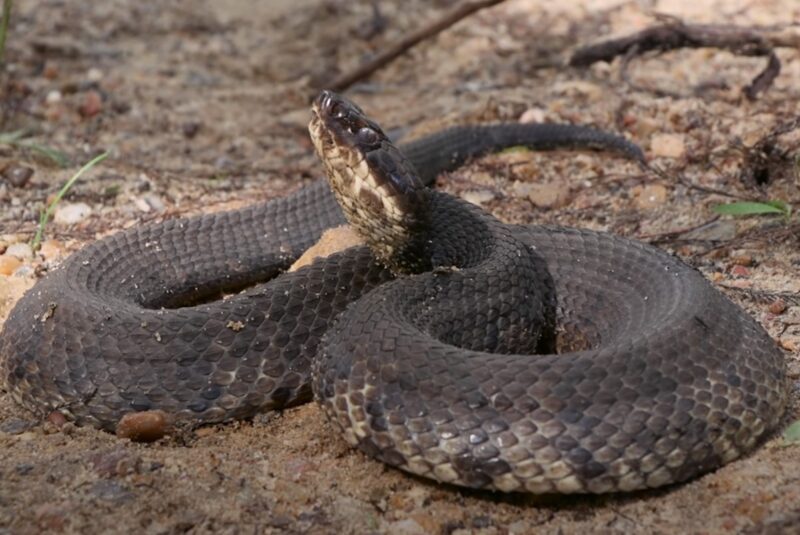
Reptiles and amphibians, while not a primary food source, occasionally find their way into the coyote’s diet. This includes snakes, lizards, frogs, and even turtles. These creatures are consumed based on their availability and the coyote’s ability to catch them.
They require unique hunting strategies due to their diverse defense mechanisms. For instance, catching a snake requires different skills than hunting a rabbit or a bird.
Consumption of reptiles and amphibians is often opportunistic and depends on factors such as the presence of these creatures in their habitat and the availability of other food sources.
Human Interaction: From Trash Bins to Domestic Animals
As coyotes have adapted to urban and suburban environments, their diet has also evolved to include human-related food sources. This includes scavenging from trash bins, eating pet food left outside, and in some unfortunate cases, preying on small domestic animals.
While these food sources can provide easy meals for coyotes, they also expose them to risks. Consuming human food or trash can lead to health issues, and preying on domestic animals can lead to conflicts with humans.
It’s important for humans to take preventive measures, such as securing trash bins and not leaving pet food outside, to discourage coyotes from relying on these food sources. It’s a crucial part of promoting coexistence and managing our interactions with these adaptable predators.
Seasonal Variations
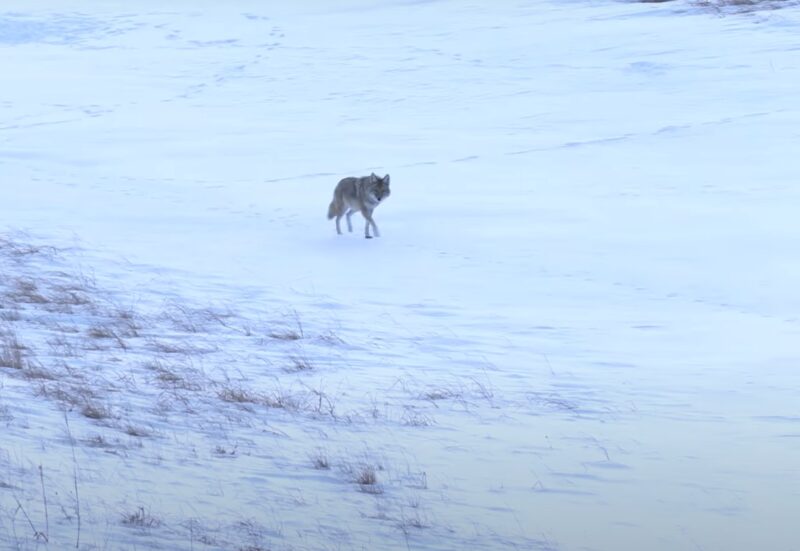
The diet of a coyote can vary significantly based on the season. During the spring and summer, when small mammals, insects, and birds are abundant, these form the bulk of their diet.
However, during the fall and winter, when these food sources are less available, they may rely more on fruits, vegetation, and carrion. Coyotes are able to adjust their diet based on the availability of food, ensuring their survival even during harsh conditions.
This adaptability can also lead to changes in their behavior, which can impact their interactions with humans and other animals.
Impact on Ecosystems
Through their diverse diet, coyotes play a crucial role in maintaining the balance of ecosystems.
As predators, they help control the population of small mammals, preventing overpopulation and the associated impacts on vegetation and other species. As scavengers, they aid in nutrient cycling and keep the environment clean.
Their dietary habits influence prey populations, which in turn affects the availability of food for other predators and the health of vegetation. This balancing act showcases the interconnectedness of ecosystems and the crucial role that predators like coyotes play in maintaining this balance.
Coexistence with Humans
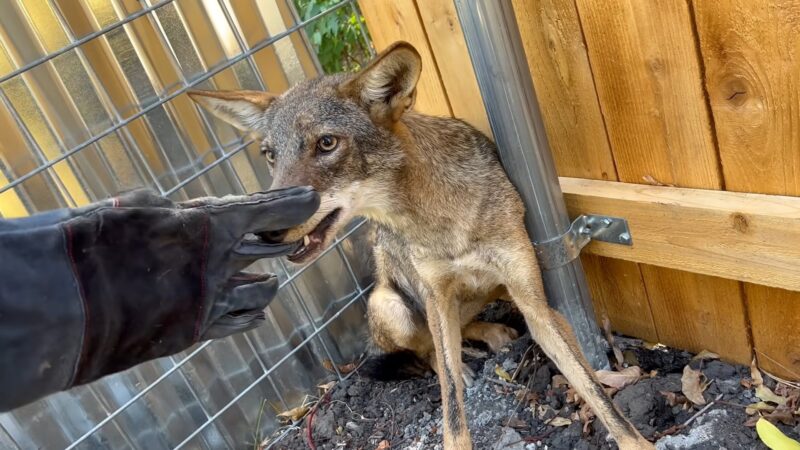
Promoting coexistence with coyotes in urban and suburban areas is a complex task that requires understanding their dietary habits and managing our interactions with them.
This includes taking preventive measures to discourage coyotes from relying on human-related food sources, educating the public about these predators and their behavior, and implementing humane and effective management strategies.
While conflicts can arise, it’s important to remember that coyotes are a part of the natural balance, and their presence is a sign of a healthy environment.
FAQs:
Can coyotes scavenge on human remains?
In rare cases, they may scavenge on human remains, although it is highly uncommon and not a typical behavior.
Do they hunt livestock or farm animals?
While rare, these predators may target livestock or farm animals like chickens or lambs, leading to conflicts with farmers.
Are there any plants or vegetation that they avoid?
Coyotes typically avoid toxic plants or those with strong natural defenses, but their adaptability allows them to consume a wide range of vegetation.
Do coyotes consume fish?
They may opportunistically catch and eat fish if they are near water sources.
Are there any human foods that are toxic to them?
Certain human foods, like chocolate or foods containing xylitol, can be toxic to them as they are to other animals.
Conclusion
As omnivorous predators, coyotes consume a wide variety of food items, adjusting their diet based on their environment, the availability of food, and the changing seasons. I believe that “hungry like a coyote ” makes more sense to all of us now.
Understanding their dietary habits is crucial for maintaining ecological balance and promoting coexistence. It provides insights into their role in the ecosystem, their behavior, and the potential conflicts that can arise between humans and these animals. By gaining a deeper understanding of what they eat, we can better manage our interactions with them and find ways to coexist peacefully.
In the end, it’s about respect and understanding – coyotes, like all creatures, have a role to play in our ecosystems.


